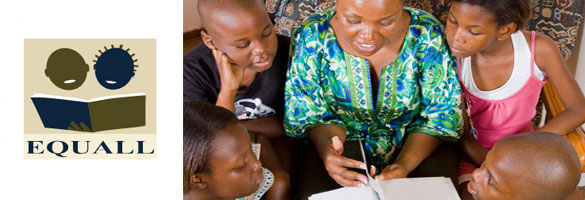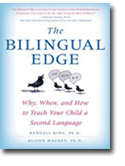Expanding educational opportunities in Ghana: bilingualism and biliteracy for young learners
Biliteracy Curriculum
NALAP
In NALAP, reading instruction is designed to address the Literacy Standards and Milestones. Lessons focus on building students’ skills in each of the components of literacy: phonemic awareness, phonics, fluency, vocabulary, and comprehension (August & Shanahan, 2006; Snow, Burns, & Griffin, 1998).
The overall structure of NALAP was shaped by government policy calling for increased instructional time for literacy instruction. This was achieved by combining the Ghanaian language and English language periods.
| GHANAIAN LANGUAGE | ENGLISH LANGUAGE | |
| KG1 | 80 minutes | 10 minutes |
| KG2 | 70 minutes | 20 minutes |
| Primary 1 | 60 minutes | 30 minutes |
| Primary 2 | 50 minutes | 40 minutes |
| Primary 3 | 45 minutes | 45 minutes |
This schedule accommodates the bilingual learning goals for each class. In the child’s first years of school, English instruction is limited as children build on the oral language skills they bring from home and begin to develop written language capability in the school’s Ghanaian language. Time spent on English increases each year. By the time children start reading English in Primary 2, the amount of time to be spent on English allows for learning this new skill. In Primary 3, the amount of time for Ghanaian language and English is equal. Over the first five years of primary school, children gradually transition to English.
For more information, view the components of NALAP:
Reference
August, D., & Shanahan, T. (2006). (Eds.). Developing literacy in second-language learners: Report of the national literacy panel on language minority children and youth. Mahwah, NJ: Lawrence Erlbaum.
Snow, C. E., Burns, S., & Griffin, P. (1998). Preventing reading difficulties in young children. Washington, DC: National Academy Press.



